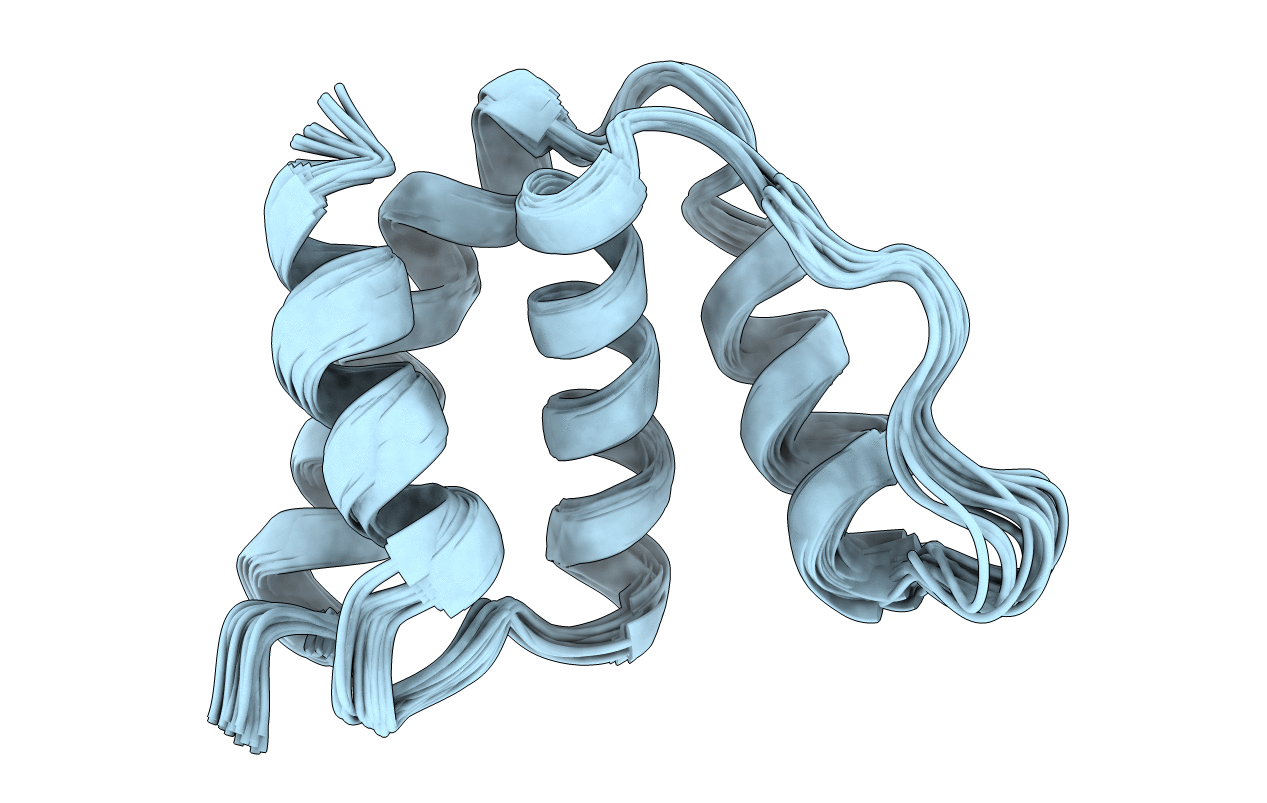
Deposition Date
2004-03-25
Release Date
2005-03-01
Last Version Date
2024-05-22
Entry Detail
PDB ID:
1ST7
Keywords:
Title:
Solution structure of Acyl Coenzyme A Binding Protein from yeast
Biological Source:
Source Organism:
Saccharomyces cerevisiae (Taxon ID: 4932)
Host Organism:
Method Details:
Experimental Method:
Conformers Calculated:
20
Conformers Submitted:
20
Selection Criteria:
structures with acceptable covalent geometry,structures with the least restraint violations,structures with the lowest energy


